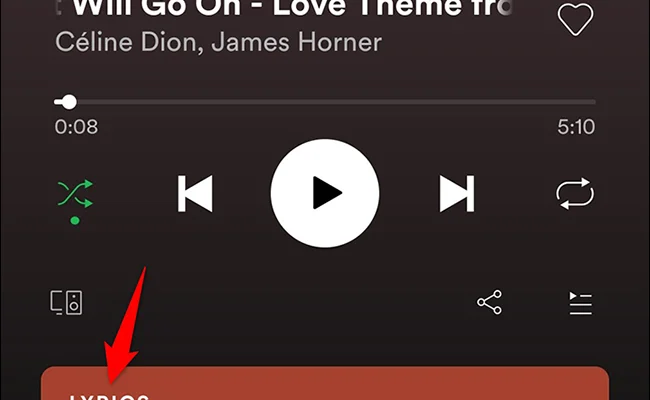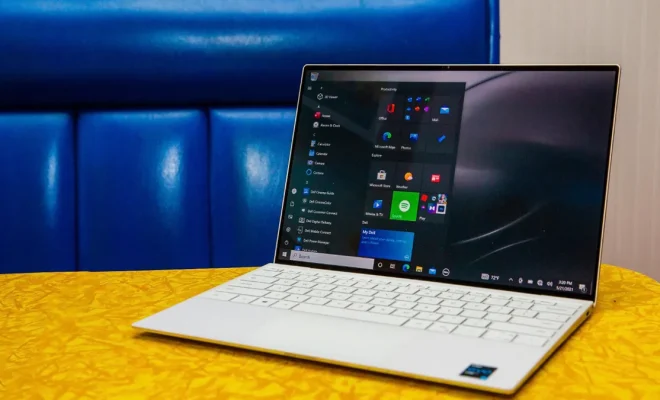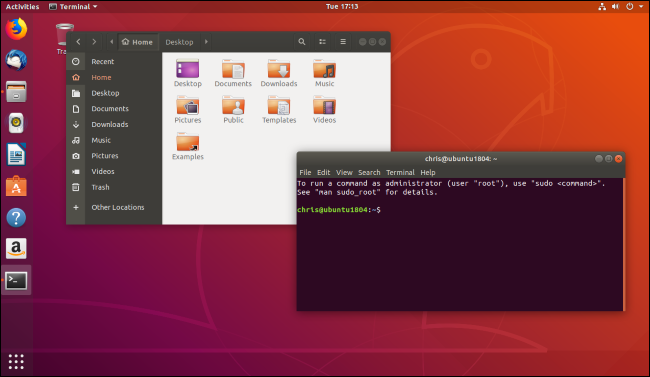Essential CSS Tips and Tricks Every Developer Should Know

CSS or Cascading Style Sheets is a crucial part of web development that every developer should master. It’s responsible for defining the visual appearance of a website, from its layout to typography and color scheme. Whether you’re a seasoned developer or just starting your journey in web development, here are some essential CSS tips and tricks you should know.
1. Keep It Simple
Simplicity is the key to great CSS. It’s important to keep the code as clean and simple as possible. Avoid using unnecessary code, and don’t repeat yourself. Use CSS preprocessors like Sass or Less to write cleaner and more organized CSS.
2. Use Flexbox
CSS Flexbox is a powerful layout system that allows you to design flexible and responsive layouts. It’s perfect for creating dynamic and responsive websites that adapt to different screen sizes and devices.
3. Learn CSS Grid
CSS Grid is another powerful layout system that allows you to create complex and sophisticated layouts. It offers a lot of control over the placement and alignment of elements on the page. Knowing how to use CSS Grid can help you create more interesting and engaging layouts.
4. Use the Box Model
The Box Model is a fundamental concept in CSS that defines how elements are sized and spaced. It’s important to understand how it works and to use it properly to avoid layout issues. It consists of four elements: content, padding, border, and margin.
5. Use Media Queries
Media Queries are CSS rules that allow you to create different styles depending on the device and screen size. They’re essential for creating responsive websites that adapt to different devices. Use them to adjust font sizes, layout, and images for optimal viewing on desktops, tablets, and smartphones.
6. Use CSS Resets or Normalize
CSS Resets or Normalize are essential tools for resetting or normalizing the default browser styles. They ensure that your CSS styles are consistent across different browsers and devices. They help you create a more consistent and reliable user experience.
7. Use the Cascade
The Cascade is a fundamental feature of CSS that determines the priority of conflicting styles. It’s important to understand how it works and to use it properly to avoid style conflicts. It allows you to create more modular and reusable CSS.
8. Use CSS Animations
CSS Animations are a great way to add interactivity and engagement to your website. They allow you to create animations and transitions without using JavaScript. They’re perfect for creating subtle and engaging animations that improve the user experience.
9. Use CSS Variables
CSS Variables are a powerful feature that allows you to define variables in your CSS code. They help you create more modular and reusable CSS by allowing you to define reusable values. They can be used to define colors, sizes, and other properties, making your code more flexible and maintainable.
10. Use CSS Frameworks
CSS Frameworks are pre-built collections of CSS rules that provide you with a set of standardized styles and layout systems. They’re ideal for creating consistent and professional-looking websites quickly. Some popular frameworks include Bootstrap and Foundation.
In conclusion, understanding these essential CSS tips and tricks can help you improve your web development skills and create better websites. With the right knowledge and techniques, you can create amazing layouts and designs that engage your audience and promote your brand. Keep practicing, experimenting and exploring new ideas to take your CSS skills to the next level.






